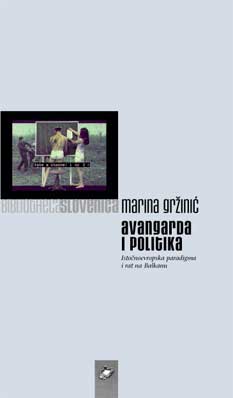
Avangarda i politika
One always searches for some symbolic point from which one can claim that something ended and something else began, even though there are no beginnings and no endings.
More...We kindly inform you that, as long as the subject affiliation of our 300.000+ articles is in progress, you might get unsufficient or no results on your third level or second level search. In this case, please broaden your search criteria.

One always searches for some symbolic point from which one can claim that something ended and something else began, even though there are no beginnings and no endings.
More...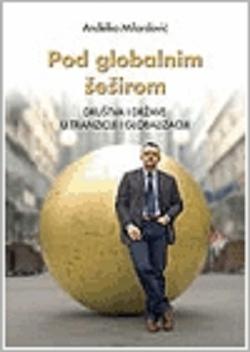
The first part of this book gives an account of institutional and substantial changes in Europe, its new wars and new challenges, while the second part focuses on a comparative analysis of different transitions. The third part is dedicated to changes in the Croatian society and the transformation the state is going to. Finally, a synthesis of globalization processes is given, as well as projections of futures scenarios for development of transition and globalization processes.
More...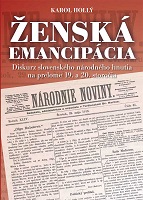
Author analyzes the history of women’s emancipation in the discourse of Slovak national movement at the turn of the century. The basic assumption of the publication is that there was a direct relationship between history of women’s emancipation and history of nationalism. Karol Hollý’s observation of this phenomenon is based primarily on history of ideas, which were inevitable for the contemporary nationalist thinking. Main object of the monograph is the ideological concept of Slovak nationalists (Slovak national movement or Slovak women movement) at the turn of the century in the context of women’s emancipation idea. The aim of the book is to define, how the concepts of women and their role in society were constructed in the discourse of the Slovak nationalists. First chapter is dealing with the basic question of the education of women, analyzing both the institutional-legal point of view and the discourse of the Slovak nationalists. The chapter also includes an analysis of the education process of Mária Bellová, a woman with Slovak national identity, who, in the given circumstances, acquired an unusually high level of education. In the second chapter, the author explores the complicated genesis of the first Slovak journal for women (Dennica) and its reception in the circle of Slovak nationalists. Third chapter is devoted to the key question of the Czech and Slovak women movement relations in the context of conflicting national ideologies of independent Slovak nation and national unity of Czechs and Slovaks. Main focus of the fourth chapter is the so called Embroidering movement. The nationalist context of the embroidering is documenting the connection between Slovak women movement and Slovak national movement. Fifth chapter consists of case studies. It is divided into two parts, covering detailed analysis of the discourse in newspapers from 1913 about fundamental questions of women’s emancipation – women suffrage, professional realization of women in the public sphere, social welfare of the unmarried women, freedom to decide not to marry and so on. Themes analyzed in the individual chapters confirm the initial hypothesis, that the question of women’s emancipation was subordinated to the nationalist objectives. It was because of nationalism that women question acquired its prominent role in the national community. Women became responsible for creating the secure background for the men involved in the national movement. The “living space” of women was, therefore, limited to the household, the role of wives and, first of all, mothers, raising and preparing the next generation of nationalists for their future “national tasks”. This function was accepted also in the Slovak women’s movement. According to the author, despite some conflicts between ideas of Slovak national and Slovak women’s movement (observable in the genesis of Dennica), they were, in fact, not in opposition. One of the reasons was the political orientation of Živena (association of Slovak women) and its representatives on the so called Martin centre of Slovak National Party. In comparison with the earlier periods, in the era before WWI, the women question became an increasingly broader concept in the framework of national discourse. The restricted concept of a woman in a household was supplemented with an image of woman active in the public sphere as a valued member of the national community. During this time, the so called woman question was clearly influencing the differentiation among the Slovak nationalists. However, there was a general consensus regarding positive attitude towards the women suffrage. This has to be understood in the context of Slovak nationalism in Kingdom of Hungary – women should have added to the number of the nationally oriented voters. The most fundamental conclusion of the publication is that for the whole analyzed period the nationalism had a priority over feminism; the women question was always secondary to the Slovak question.
More...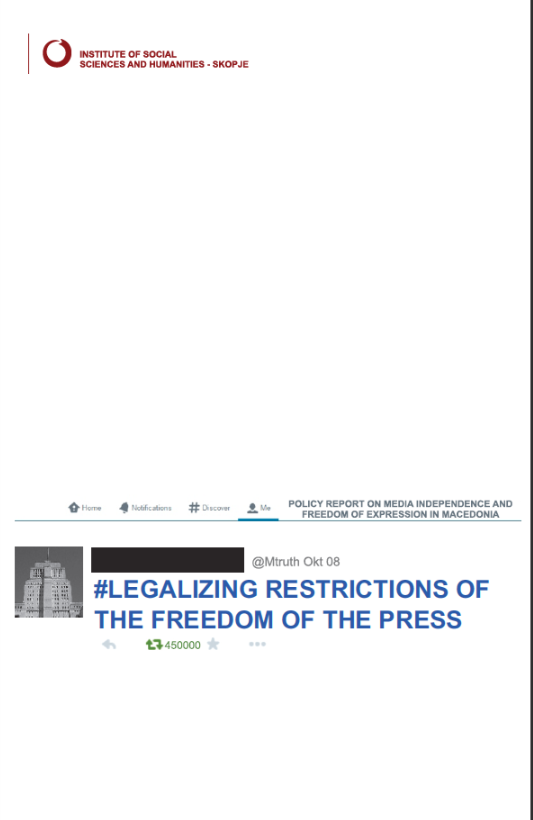
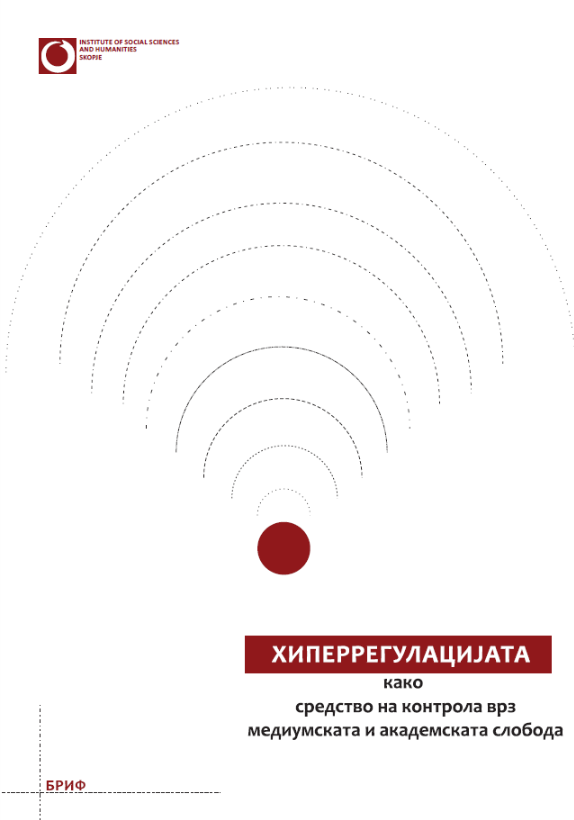
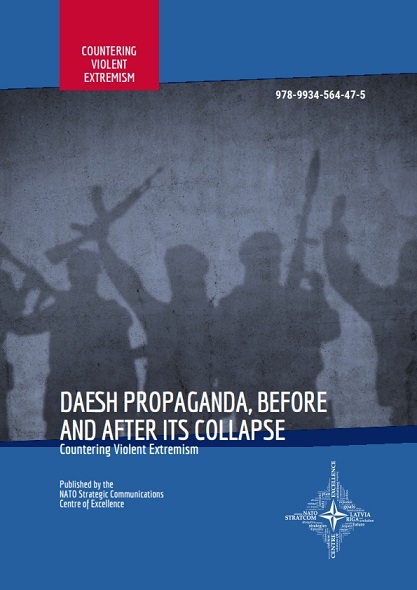
This report compares two archives of official Daesh media that were compiled four years apart. It explores the nuances of the group’s worldview and tracks how external and internal situational exigencies impacted them during its formative years as a caliphate. It finds that the organisation’s media infrastructure was about one tenth as productive in mid-2019 as it was in mid-2015. The data also show that it was spending more time covering the pursuits of its global network in 2019 than in 2015. Finally, the data point towards a substantial thematic rearrangement in the organisation’s overarching propaganda narrative that manifested in it shifting its story away from millenarian utopianism and towards military denialism. In sum, the data indicate that by 2019 Daesh’s propagandists were far less productive and their aggregate product was more international and less focused on civilian issues. This shift points towards a new phase in the group’s political marketing trajectory, one focused more on survival than on expansion.
More...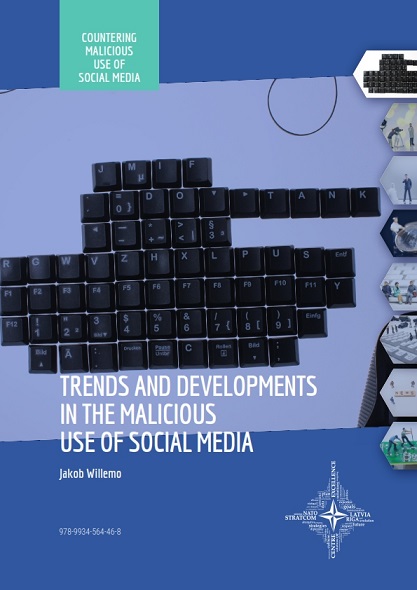
The malicious use of social media is a widespread phenomenon, targeting individuals, public opinion, and in some cases even the functioning of the state. In recent years, social media platforms have been abused by foreign governments, private companies, and individuals to influence the outcomes of democratic elections and to undermine public trust in the societies in which we live. Today, social media platforms are manipulated by malign actors in order to pursue their political and military goals. In other words, social media platforms have developed into an effective tool for waging information warfare. Although information warfare is nothing new, social media platforms offer a cheaper, more efficient, and less demanding stage for influencing larger numbers of people than ever before. While the social media platforms are conduits facilitating the free passage of information, the companies that own them are active participants wielding significant influence over what takes place in the social media space and, increasingly, over how we communicate, interact, and socialise in the 21st century.
More...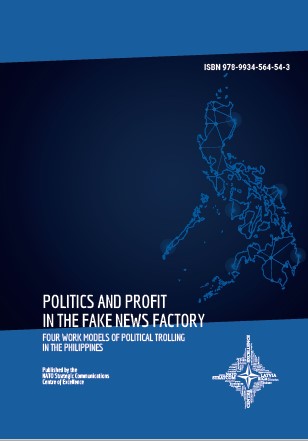
The Philippines represents a national context where disinformation is becoming ever more entrenched into the political system, in spite of global attention and investment in the fight against fake news. Three years ago, a toxic election campaign headlined by misogynistic rape jokes, false papal endorsements, and imposter news websites ended with a surprise outcome that upended the entire political establishment. In the May 2019 midterm election, new interventions such as platform bans, fact-check partnerships, and digital advertising rules were introduced to curb the spread of similar tactics. Recent research discovered, however, that the digital disinformation industry has only further expanded and flourished, with digital operators controlling a more substantial chunk of the political campaign war chest.
More...
The Kremlin-sponsored Sputnik news website has been recognised as one of the primary channels of Russian influence in the Western Balkan (WB) media space, and so a comprehensive analysis was conducted to learn about its content and way of operation. This report is based on analysis of a year-long monitoring process that lasted from 1 January to 31 December 2018. The focus was on Sputnik online platform https://rs-lat.sputniknews.com that has presented information in the Serbian language since 2015 (hereafter referred to as Sputnik Srbija). The report seeks to identify the primary narratives that are advanced by the media outlet about six WB countries – Albania, Bosnia and Herzegovina (BiH), Kosovo, Montenegro, North Macedonia and Serbia, as well as the European Union (EU) and the North Atlantic Treaty Organisation (NATO).
More...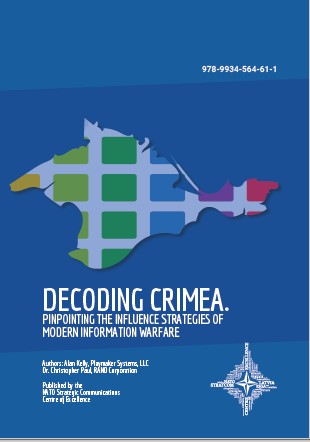
In an era set to be defined by persistent contestation between states, of a nature which falls short of open conflict, Western democracies need to adapt. Strategies employed by adversaries are less likely to rely on the direct application of military power and increasingly on the opportunities afforded by new technologies to create effects, shrouded in complexity and ambiguity, in the information environment. Analysts, planners and policy makers facing these threats struggle with limited tools to understand their form and structure. As a response to this challenge, we propose an addition to the toolkit - a Taxonomy of Influence Strategies. This is a comprehensive system which attempts to identify, describe and classify the fundamental units of influence, referring to them as ‘plays’.
More...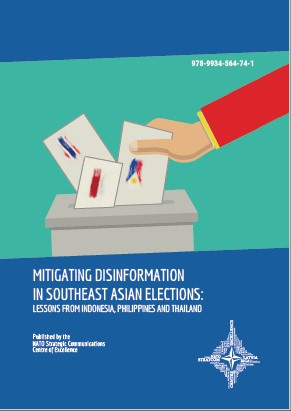
In 2019, a series of elections in the Southeast Asian countries of Indonesia, the Philippines, and Thailand highlighted the salience of digital media in political campaigns and insidious modes of electoral manipulation. Despite new legal, technical, social, and educational efforts to mitigate “fake news,” our comparative research analysis of elections in the three countries observes that digital disinformation has become further entrenched in electoral processes. We observe that a wider range of political actors and parties enlisted a diversity of digital campaign specialists and paid out “buzzers” (Indonesia), “trolls” (Philippines), and “IOs (information operations)” (Thailand) to circulate manipulative narratives discrediting their political opponents. Some politicians even fanned the flames of religious (Indonesia/Thailand) and ethnic conflict (all three) in their communities in a desperate bid to score votes.
More...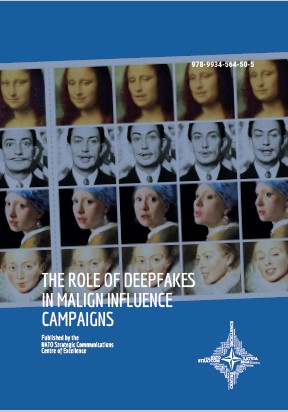
In early 2019 Katie Jones, a young researcher based in Washington DC, set up a new profile for herself on LinkedIn. She filled in her biographical details—degrees from the University of Michigan, a present position at the prestigious CSIS think tank—and set about building her network of contacts. There was nothing unusual about a new profile being set up on LinkedIn; thousands are created every day. It was not even unusual that Katie Jones was entirely fictitious; with no checks on the identity of individuals creating these profiles, there is nothing to prevent someone from assuming any identity they choose.
More...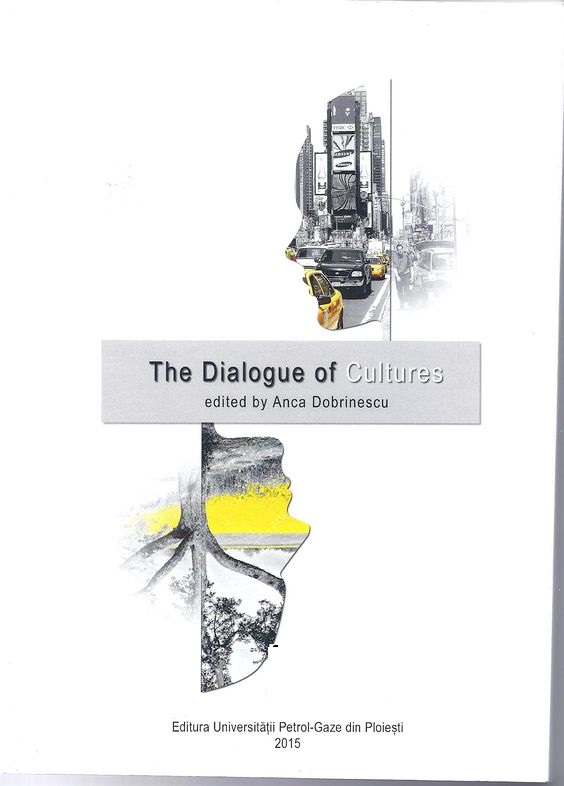
In a world subject to constant change and reconfiguring, societies, previously understood as mono-cultural, have incontestably been refashioned multicultural. The permeability of frontiers made individuals realize that, as denizens of the world, rather than citizens of a country, we live in and through the cultural encounter. Survival is about learning to live at the border, or rather across the borders, where the essential skill is to sense and value diversity and thus cherish the cultural dialogue. Fiction in dialogue with other art forms; fiction as an act of resistance; fiction across cultural borders; cultures in contact; the cultural clash; identity and the cultural and linguistic conflict and dialogue; migration and its linguistic challenges have offered the authors the chance to meet and exchange ideas.
More...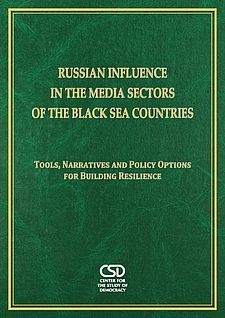
The Black Sea region has been subject to increasing pressure and uncertainty, following Russia’s occupation of parts of Georgia in 2008, the annexation of Crimea and destabilization of eastern Ukraine in 2014, and the continuing military stand-off to NATO in the Black Sea and beyond after the intervention in Syria in 2015. These developments have demonstrated Moscow’s determination to revise the post-Cold War order by applying pressure through hard- and softpower instruments on both members and associate partners of the EU and NATO in order to undermine Euro-Atlantic cohesion and unity. A particularly prominently deployed weapon of choice of the Kremlin has been media propaganda and disinformation. The report examines Russia’s presence and tactics in the media sectors of five Black Sea countries, by assessing the relationship between the Kremlin’s corporate and financial footprint in the media outlets of these states and the dissemination of pro-Russian and anti-Western propaganda content. It confirms that the patterns of ownership, economic dependency and (in)formal political links of media outlets in the countries under investigation to pro-Russian groups and interests are correlated with and reflected into corresponding trends of employing Russia-originating propaganda narratives.
More...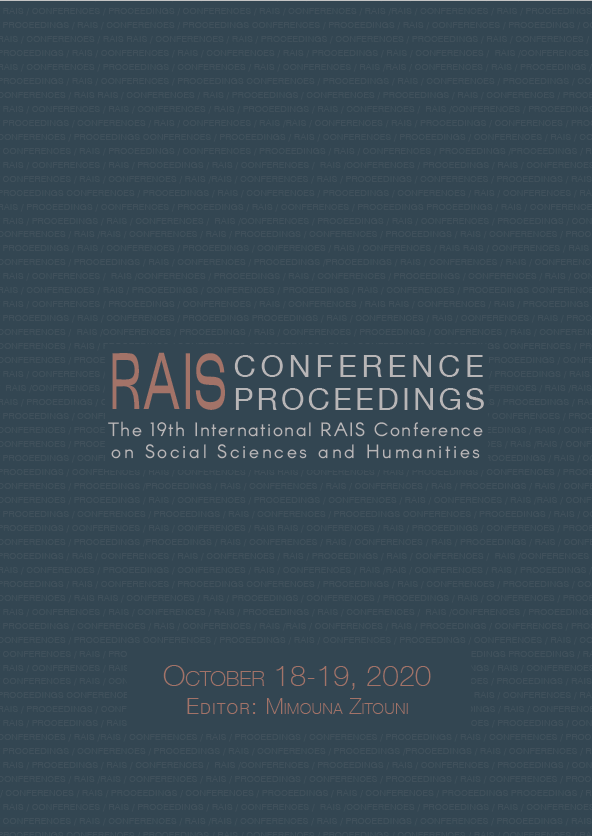
The 19th International RAIS Conference on Social Sciences and Humanities held on October 18-19, 2020, was organized by the Research Association for Interdisciplinary Studies.
More...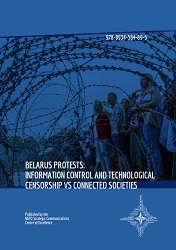
The Belarusian presidential election on 9 August 2020 was a turning point in the history of modern Belarus. Disagreeing with the apparently falsified results of the vote, protesting Belarusian citizens flooded the cities around the country. Lukashenko’s response was lightning fast and brutal. In order to conceal any information about the brutality of the law enforcement structures against peaceful protesters, Lukashenko attempted to take control of the information environment and restrict access to all information channels – especially Internet resources.
More...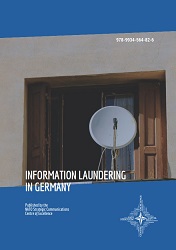
Information laundering (IL) is a stratagem used by hostile actors within an information influence campaign. In this process, false or deceitful information is legitimised through a network of intermediaries that gradually apply a set of techniques to distort it and obscure the original source. In the context of this research, IL is leveraged by Kremlin-official or pro-Kremlin actors in a hostile information influence campaign (HIIC) to further their interests in Germany. Information Laundering represents a relatively new approach to information influence activities targeting a particular media environment. In the context of this report, IL research allows governments, national institutions and civil society to reach a deeper understanding of the activity of domestic and transnational networks that enable the spread of the Kremlin’s influence in a particular country, since it uncovers how actors gradually distort, disseminate, and legitimise a piece of information through the application of IL techniques.
More...
Informationswäsche (IL, engl. Information Laundering) ist ein Strategem, das von Akteuren mit feindlichen Absichten bei Kampagnen zur Informationsbeeinflussung eingesetzt wird. Die Bezeichnung leitet sich vom Begriff der Geldwäsche ab und weitet die Metapher auf Nachrichten aus. Das bedeutet, ein Netzwerk von Vermittlern legitimiert falsche oder trügerische Informationen. Dafür wird schrittweise eine Reihe an Methoden eingesetzt, um die Informationen zu verdrehen und die ursprüngliche Quelle zu verschleiern. Der Schwerpunkt dieser Arbeit liegt auf Informationswäsche, die von kremlfreundlichen oder offiziellen Akteuren des Kreml ausgeht. Im Zuge aggressiver Kampagnen zur Informationsbeeinflussung sollen die eigenen Interessen in Deutschland vorangebracht werden. Informationswäsche ist ein relativ neuer Ansatz bei Maßnahmen zur Informationsbeeinflussung, die auf eine bestimmte Medienlandschaft abzielen. Diese Arbeit deckt auf, wie Akteure mithilfe von Methoden der Informationswäsche nach und nach Informationen verdrehen, verbreiten und legitimieren. Dadurch können Regierungen, staatliche Institutionen und die Zivilgesellschaft besser verstehen, welche Aktionen heimischer und transnationaler Netzwerke zur Ausweitung des Einflusses des Kreml in einem bestimmten Land beitragen.
More...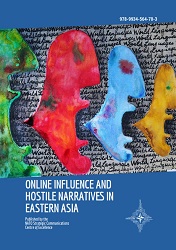
Eastern Asia — which we will define as including East and Southeast Asia — is a region of increasing geopolitical competition with many racial, cultural and societal fractures. With the rapid expansion of inexpensive internet access, these fractures and tensions mean that many states in the region are both vulnerable to, and a source of, hostile information activities that are being used to achieve strategic goals both inside and outside the region. This report documents examples of hostile information activities that have originated in Eastern Asia and have been targeted in the following countries: • Taiwan; • The Hong Kong-based protest movement; • West Papua; • The Philippines.
More...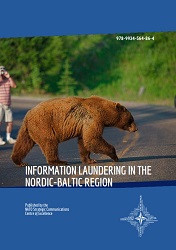
The penetration of external information influence in a domestic media ecosystem is largely enabled by the interactions between foreign and domestic actors. The term ‘Information Laundering’ describes how these actors manipulate and amplify manipulated information in a particular media environment and the techniques utilised for such purposes. This report evaluates to what extent Kremlin-official and pro-Kremlin actors leverage Information Laundering techniques to conduct influence campaigns in the Nordic-Baltic countries and examines the role that domestic and foreign actors play in enabling these campaigns to reach target audiences. For this purpose, the NATO Strategic Communications Centre of Excellence developed a theoretical model of Information Laundering presented in this study. The model was applied to a comparative analysis of 32 Information Laundering cases, linked to the activity of 570 single actors in the eight Nordic-Baltic countries. Through researching Information Laundering in the region, this report aims to support national institutions in their goal to build resilience against hostile information influence operations.
More...